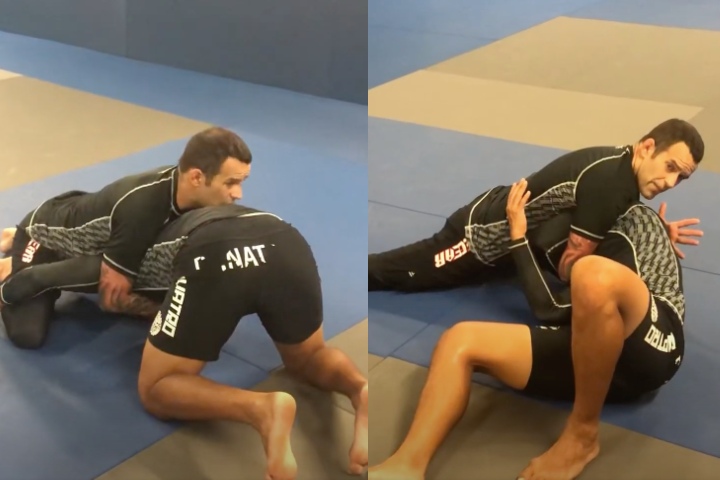

The attacker’s first arm is placed around the opponent’s neck, with the bicep pressing against one side of the neck and the forearm against the other. Once the attacker has control of their opponent, they need to secure the grip. This can be achieved by initiating a takedown or by pulling the opponent towards them. To execute the Anaconda Choke, the attacker must first gain control of the opponent’s body. It is a variation of the D’Arce choke, and it involves wrapping one arm around the opponent’s neck and the other around their armpit, then using the weight of the attacker’s body to squeeze the opponent’s neck and choke them.

The Anaconda Choke is a grappling technique commonly used in Brazilian Jiu-Jitsu and MMA. It is often used as a surprise submission, catching opponents off guard and allowing the fighter to secure a victory. The Anaconda Choke has become increasingly popular in MMA in recent years, as fighters have recognized its effectiveness and added it to their arsenal of submission techniques. Additionally, once the technique is locked in, it can be difficult for the opponent to escape, as it puts pressure on the neck and restricts breathing. One reason for its effectiveness is that it can be executed from a variety of positions, including standing, on the ground, and against the cage.

It is a popular technique among top-level grapplers and has been used to great effect by MMA fighters such as Jon Jones, Georges St-Pierre, and Demian Maia. The Anaconda Choke the technique is named after the Anaconda snake, which constricts its prey in a similar fashion, has proven to be an effective submission technique in MMA, as it allows the fighter to quickly take control of their opponent and force them to submit.


 0 kommentar(er)
0 kommentar(er)
